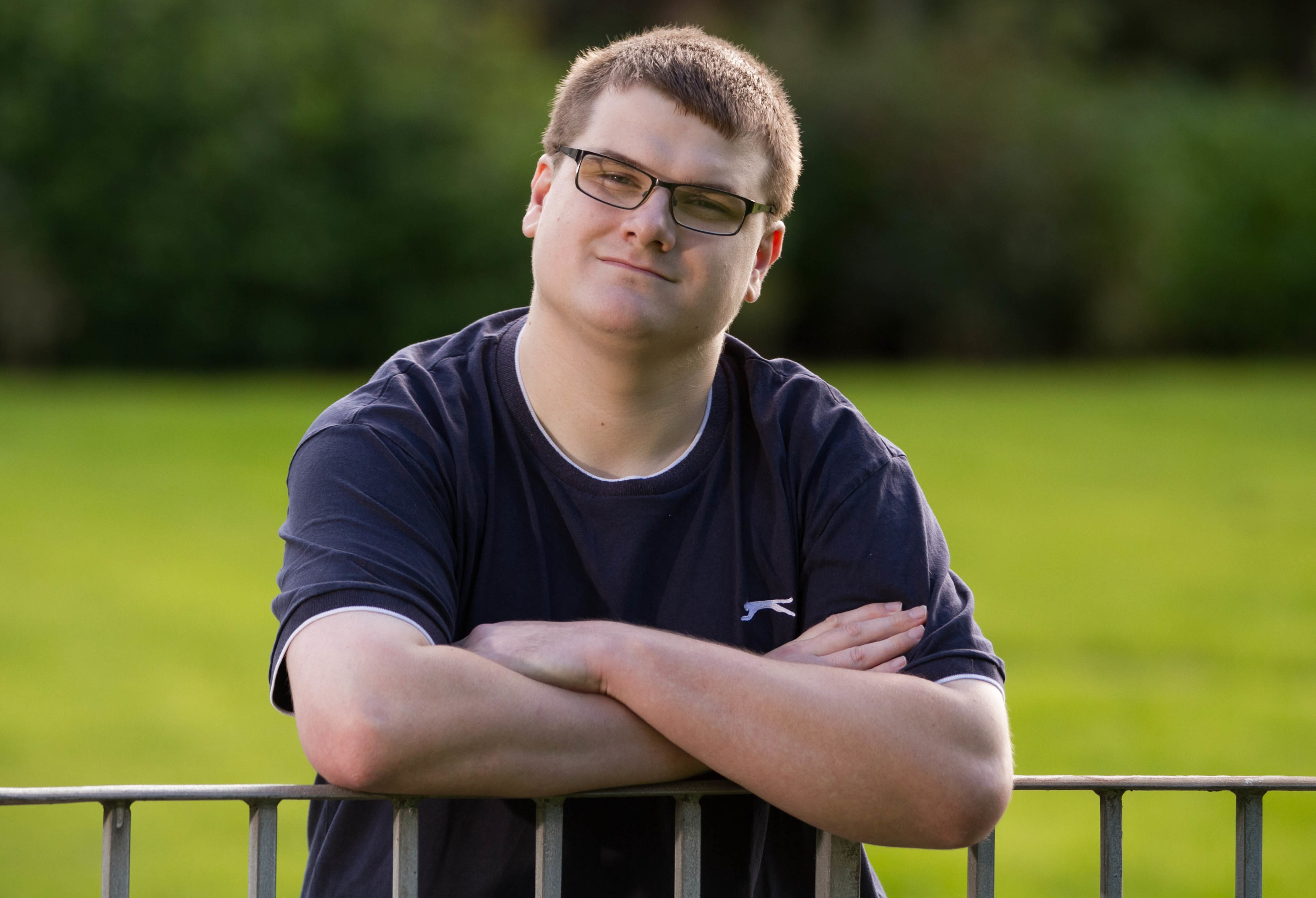
THE grim reports on the nightly news can fill anyone with dark thoughts about the state of the world.
For Graeme Currie, though, those thoughts are darker than most could imagine.
The East Kilbride man can visualise himself committing some of the grisly acts being reported. And those urges aren’t just restricted to telly viewing.
Walking down the street, he can feel himself wanting to punch or hurt individuals.
Graeme, 28, suffers from what’s known as harm OCD thoughts.
And although he kept what he felt was a shameful secret to himself for years, he’s now speaking out to try to help others.
The day that Graeme realised he had a problem couldn’t have been any more shocking – having thoughts about strangling his mum.
“It was horrible, just horrible,” said Graeme, who volunteers at Hairmyres Hospital in East Kilbride.
“I’ve got a really good relationship with my mum and dad and there hadn’t been any rows or arguments. I was 17 and I was on my way to a club to play pool and for no reason at all I had these thoughts come into my head about strangling my mum.
“It was awful. The urge felt strong and I got really scared.
“I was actually picturing myself acting it out. But at the same time I was telling myself I wasn’t capable of actually doing anything.”
It was obviously something that Graeme never acted upon but over the coming months and years similar thoughts struck time and again.
“If I was watching a news report about a murder I’d think about how I could have done it.
“Or, if I’m out, I’ll feel like I want to hit someone or spit on them.”
After years of suffering alone, Graeme posted his feelings anonymously on the internet, and in doing so found the courage to speak to his family.
“I remember my mum crying because she had no idea I’d been struggling,” he confides.
He finally went to his GP and was referred to a psychiatrist.
Different medications were tried and they helped, as Graeme puts it, to “soften” his thoughts and make them less disturbing and intrusive.
He went to cognitive behaviour therapy sessions to talk about his feelings and found that helped, too.
And his recovery was also boosted by support from charity OCD-UK.
It is heavily involved in an awareness week which starts today.
“To sufferers and non-sufferers alike, the thoughts and fears related to this aspect of OCD can often seem profoundly shocking,” said Ashley Fulwood, chief executive of OCD-UK.
“However, they are just thoughts – not fantasies or impulses which will be acted upon.”
For Graeme, whose recovery is ongoing, seeking help is a vital first step.
“There’s still a stigma about seeing a psychiatrist but you’re definitely best getting help,” he adds. “People keep these thoughts to themselves for years. Tell someone – don’t suffer in silence.”
Visit www.ocduk.org for more information
READ MORE
Kirstie battles back from Obsessive-Compulsive Disorder to start support group for other sufferers
Author of new book on mental health says he had to embrace anxiety to survive

Enjoy the convenience of having The Sunday Post delivered as a digital ePaper straight to your smartphone, tablet or computer.
Subscribe for only £5.49 a month and enjoy all the benefits of the printed paper as a digital replica.
Subscribe